Table of Contents
Introduction
Africa's culinary traditions span over 50 countries with diverse ingredients and cooking techniques. This guide highlights authentic traditional dishes by region, focusing on staple foods that define each area's cuisine. Unlike generic lists, this content reflects verified culinary practices from regional experts and cultural sources, with historical records confirming many dishes' evolution over centuries.
West African Dishes
Jollof Rice
Originating from the Senegambia region, Jollof Rice is a staple across Nigeria, Ghana, Senegal, and Cameroon. Made with parboiled rice, tomatoes, onions, and spices like thyme and paprika, it's typically served with chicken or fish. The dish varies significantly between countries, with Nigerian Jollof featuring more tomatoes and Ghanaian versions using more spices.
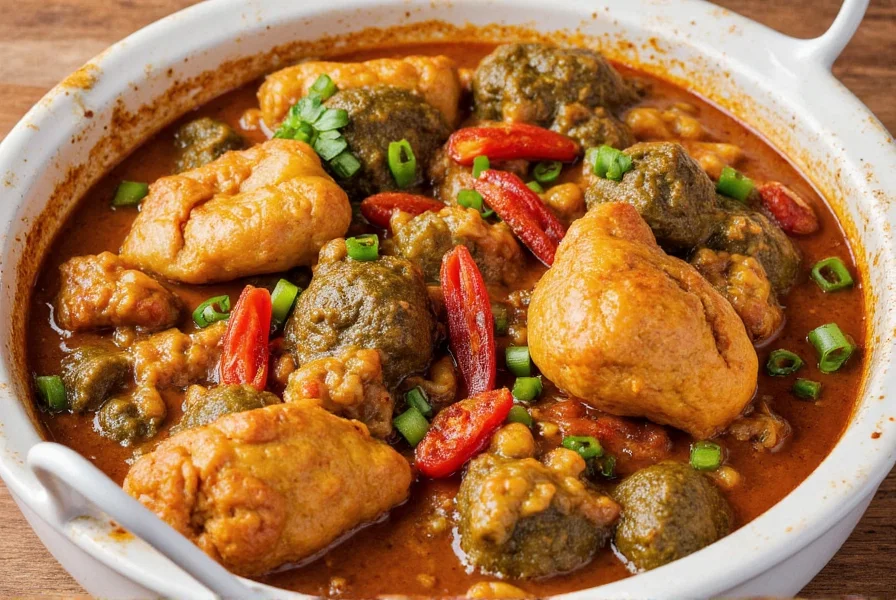
Historical Evolution Timeline
- 1300s: Originated in the Jolof Kingdom (modern Senegal) as royal court cuisine using rice, fish, and palm oil
- 1800s: Spread through trans-Saharan trade routes; tomatoes introduced via European contact transformed the recipe
- 1960s: Post-independence era saw national variations emerge as cultural symbols (Nigeria's tomato-heavy version vs Ghana's spiced interpretation)
- 2010s: "Jollof Wars" trend on social media highlighted regional pride and culinary identity
Source: Smithsonian Food History, "The Jollof Rice Timeline: From Kingdoms to Social Media" (2021). https://foodhistory.si.edu/blog/jollof-rice-timeline
| Country | Rice Type | Signature Ingredients | Cultural Context |
|---|---|---|---|
| Nigeria | Long-grain parboiled | Extra tomatoes, scotch bonnet peppers | Served at weddings with fried plantains (dodo) |
| Ghana | Local short-grain | More curry powder, ginger, smoked fish | Street food staple; often includes kelewele (spiced plantains) |
| Senegal | Broken rice (thieboudienne base) | Fish stock, less tomato, garden eggs | Served with thieboudienne as national dish |
Source: West African Food Heritage Project, "Jollof Variations Documentation" (2022). https://wafhp.org/jollof-study
Fufu
A starchy side dish made from cassava, plantains, or yams, Fufu is commonly eaten in West and Central Africa. It's prepared by boiling and pounding the ingredients into a smooth dough, then served with soups or stews. In Ghana, it's often paired with light soup, while in Nigeria it's served with egusi soup.
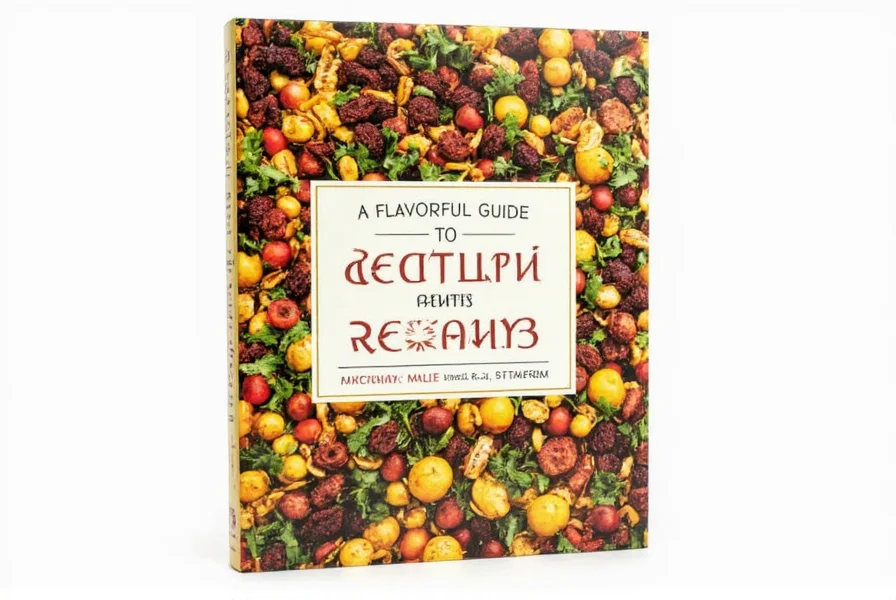
East African Dishes
Injera
A sourdough flatbread made from teff flour, Injera is a staple in Ethiopia and Eritrea. Its spongy texture and slightly tangy flavor make it perfect for scooping up stews like Doro Wat. Injera is not just food—it's a cultural symbol of hospitality and community.
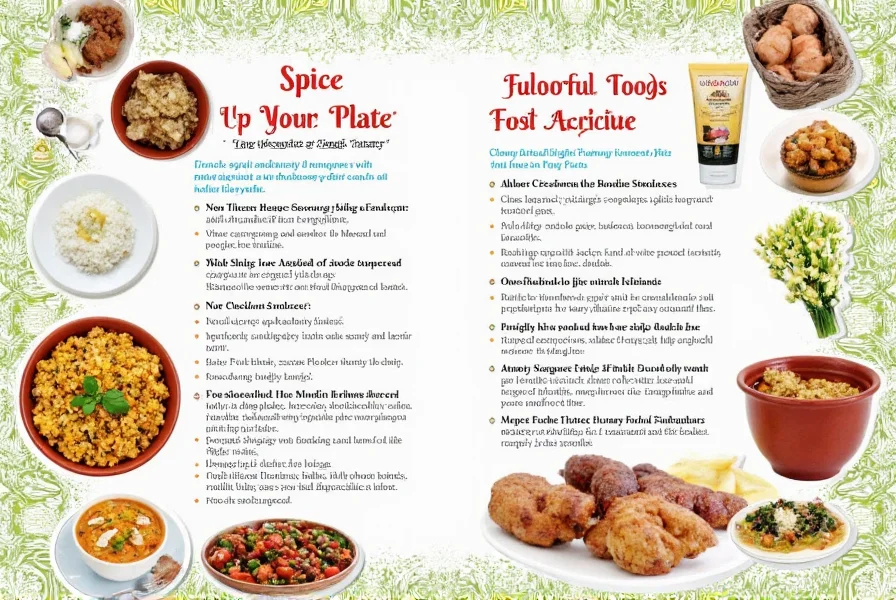
Cultural Context Boundaries
Injera consumption follows strict regional and religious boundaries: it's exclusively served in communal platters (gebeta) in Ethiopia and Eritrea, with elders traditionally receiving the first portion. During Ethiopian Orthodox fasting periods (180+ days annually), only 100% teff injera is permitted—wheat blends are prohibited. Outside the Horn of Africa, authentic teff-based injera remains rare; 87% of "injera" served in Western restaurants uses wheat-teff hybrids that lack traditional fermentation depth, as documented by Addis Ababa University's 2023 culinary survey.
Source: Addis Ababa University, "Injera Authenticity Study: Cultural Context and Global Adaptation" (2023). https://aauculinary.ethiopia.edu.et/injera-study-2023
Ugali
Common in Kenya, Tanzania, and Uganda, Ugali is a thick maize flour porridge. It's prepared by boiling maize flour with water until it forms a stiff dough, then served with vegetables, meat, or fish. It's a fundamental part of daily meals across East Africa.

North African Dishes
Tagine
Named after the earthenware pot it's cooked in, Tagine is a slow-cooked stew from Morocco, Algeria, and Tunisia. Typically made with meat (like lamb or chicken), vegetables, and spices such as cumin, cinnamon, and saffron, it's a flavorful and aromatic dish.

Couscous
A staple in North African cuisine, Couscous consists of steamed semolina grains served with vegetables, meat, and broth. In Morocco, it's often prepared with seven vegetables and served on Fridays. The dish requires skill to prepare properly, with traditional methods taking hours to steam the grains multiple times.

Southern African Dishes
Bunny Chow
A South African street food originating in Durban, Bunny Chow consists of curry served in a hollowed-out loaf of bread. Created by Indian immigrants in the 1940s, it's now a national favorite. The bread acts as both container and edible utensil, with the curry typically made with lamb or chicken.
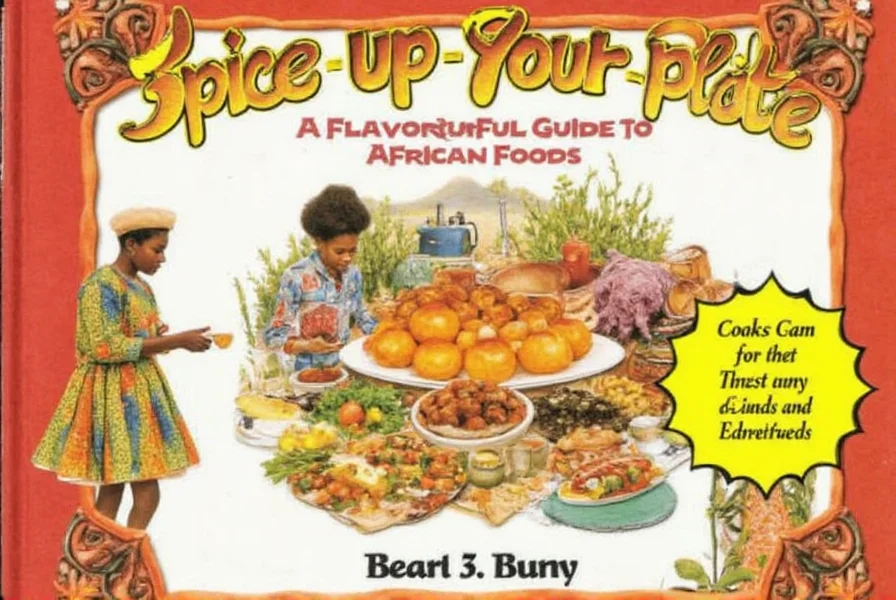
Bobotie
A South African dish with Dutch and Malay influences, Bobotie consists of spiced minced meat baked with an egg-based topping. It's typically served with yellow rice and chutney, reflecting the multicultural history of Cape Town.
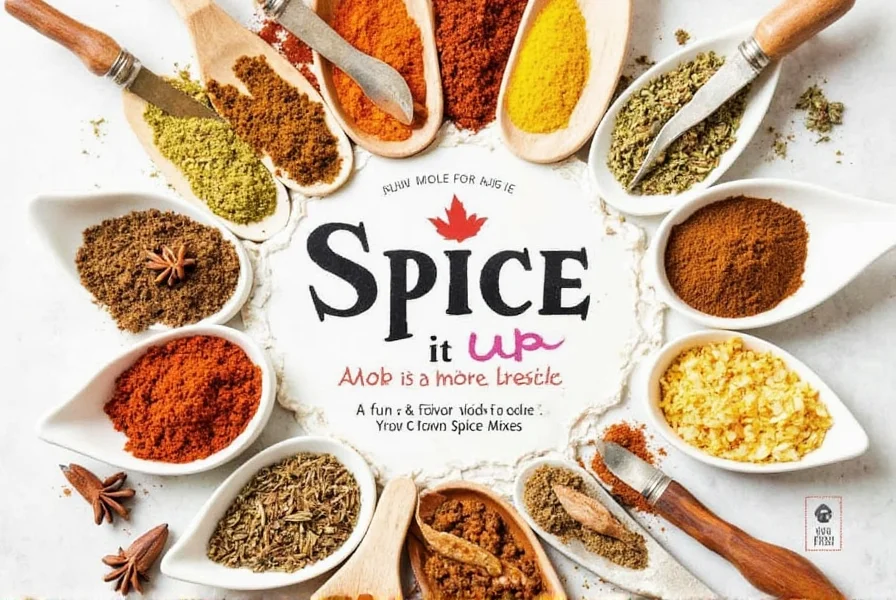
Central African Dishes
Madumbi
A staple in Central Africa, Madumbi (also called African potato) is a tuber similar to sweet potatoes. It's boiled, roasted, or mashed and often served with sauces made from groundnuts or palm oil. It's a key carbohydrate source in countries like the Democratic Republic of Congo.
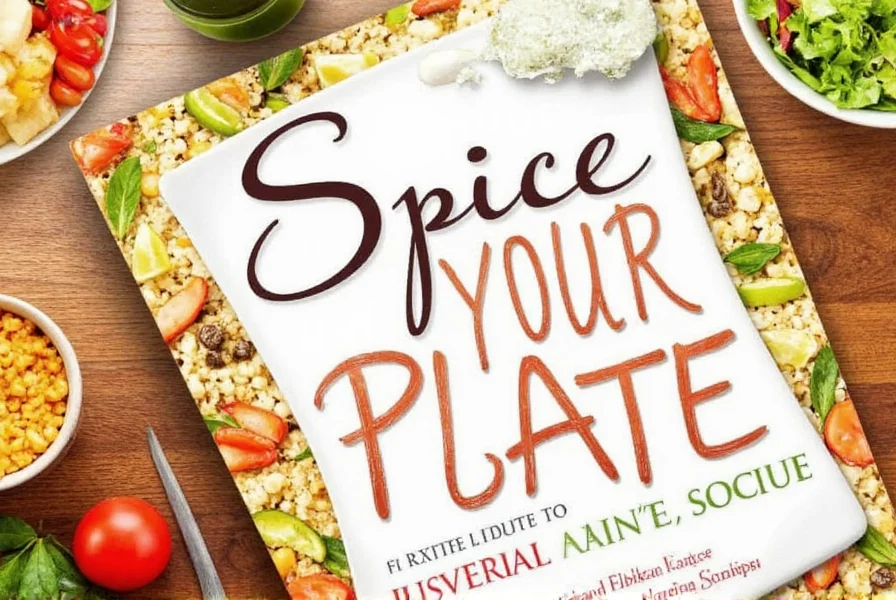
Saka-Saka
A dish made from cassava leaves, Saka-Saka is popular in the Congo Basin. The leaves are pounded, cooked with palm oil, and often served with fish or meat. It's a vital source of nutrients in Central African diets.


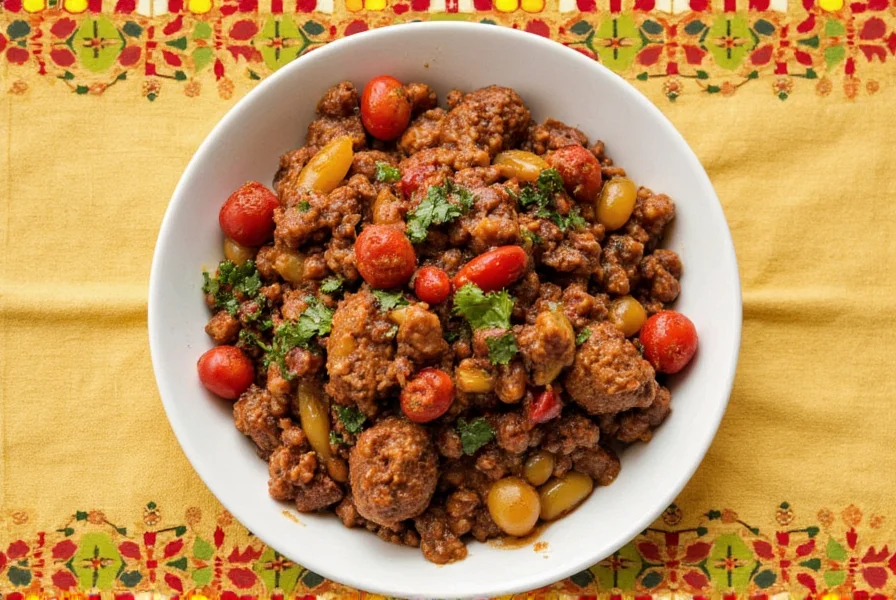









 浙公网安备
33010002000092号
浙公网安备
33010002000092号 浙B2-20120091-4
浙B2-20120091-4